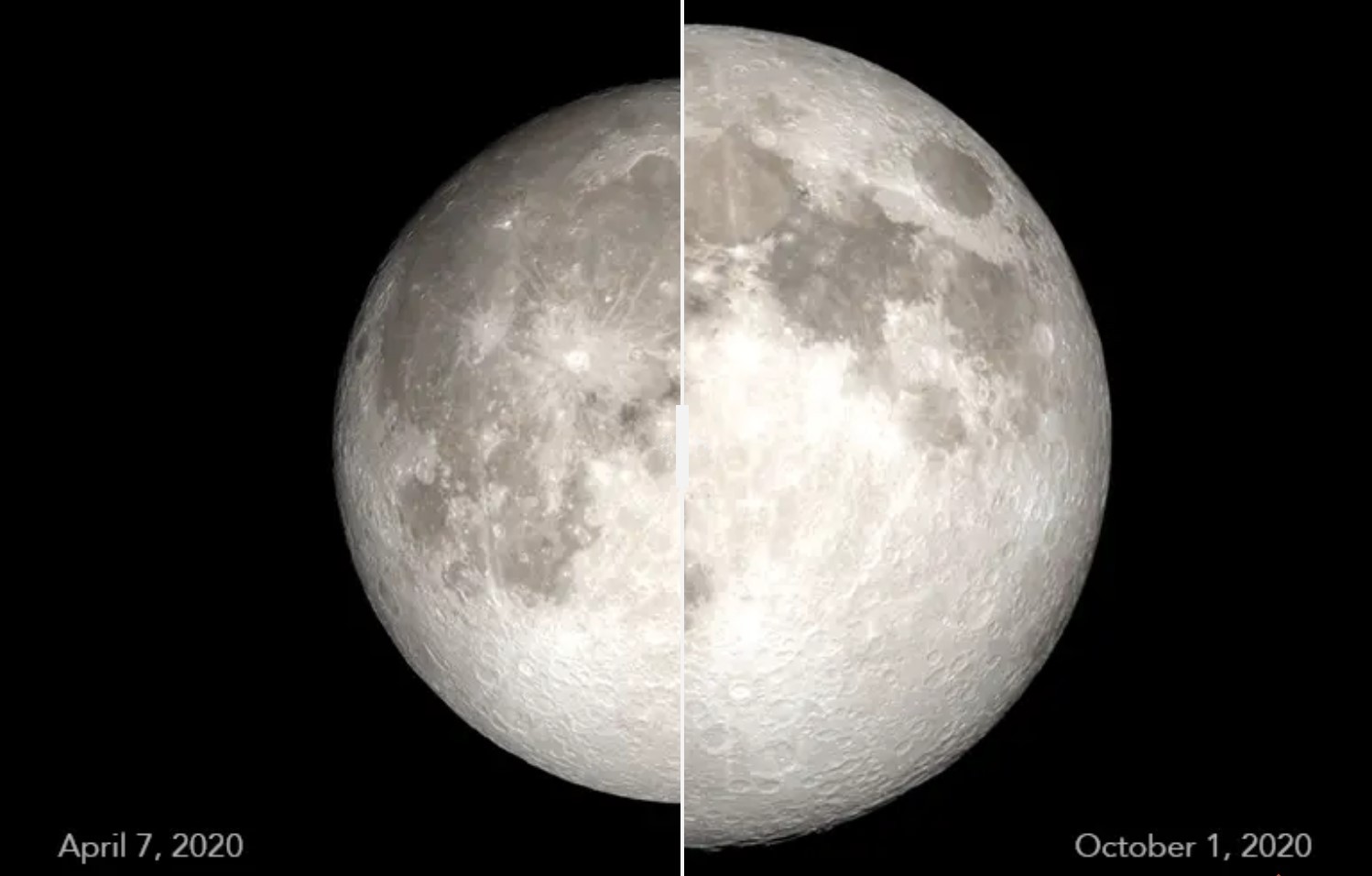The launch of NASA's next flagship space telescope has been pushed back another seven months.
The liftoff of the $9.8 billion James Webb Space Telescope has been delayed from March 2021 until Oct. 31 of that year, NASA officials announced today (July 16), citing technical difficulties as well as complications imposed by the coronavirus pandemic.
"Webb is the world's most complex space observatory, and our top science priority, and we've worked hard to keep progress moving during the pandemic," Thomas Zurbuchen, associate administrator of NASA's Science Mission Directorate, said in a statement. "The team continues to be focused on reaching milestones and arriving at the technical solutions that will see us through to this new launch date next year."
Related: Building the James Webb Space Telescope (photos)

Today's news didn't exactly come out of left field. Zurbuchen said last month that Webb would not meet the March 2021 deadline and that a new target date would be determined soon. And the highly anticipated Webb has suffered a series of cost overruns and schedule slips over the past decade. Since 2009, the mission's estimated cost has nearly doubled, and its launch date has been pushed back by about seven years.
NASA officials attributed three months of this latest seven-month delay to the coronavirus pandemic, which forced many NASA centers to impose mandatory work-from-home orders. "Risk reduction" work on complex Webb tech, such as the observatory's huge, foldable sunshield, added two more months. The remaining two months were added for "schedule margin," giving the mission some breathing room on its long road to the launch pad.
But the schedule slip won't increase the 13,670-lb. (6,200 kilograms) Webb's hefty price tag, mission team members said.
Get the Space.com Newsletter
Breaking space news, the latest updates on rocket launches, skywatching events and more!
“Based on current projections, the program expects to complete the remaining work within the new schedule without requiring additional funds," Gregory Robinson, NASA Webb program director at the agency's headquarters in Washington, D.C., said in the same statement.
Webb has been fully assembled, and the observatory is currently undergoing a series of tests at the Redondo Beach, California, facilities of Northrop Grumman, the mission's prime contractor. When that extensive work is done, the spacecraft will be shipped to its launch site, Europe's Spaceport in Kourou, French Guiana, on the northeastern coast of South America.
Webb will launch atop an Ariane 5 rocket, then head to the sun-Earth Lagrange Point 2, a gravitationally stable point in space about 930,000 miles (1.5 million kilometers) from Earth. The observatory will deploy its sunshield, which is about the size of a tennis court and will help keep Webb's instruments cool.
That cooling is vital to the telescope's mission, which involves studying the universe in infrared light. This work will be varied and revelatory, NASA officials have said.
"Webb is designed to build upon the incredible legacies of [NASA's] Hubble and Spitzer space telescopes, by observing the infrared universe and exploring every phase of cosmic history," Eric Smith, Webb's program scientist at NASA headquarters, said in the same statement. "The observatory will detect light from the first generation of galaxies that formed in the early universe after the Big Bang and study the atmospheres of nearby exoplanets for possible signs of habitability."
And perhaps more exciting are the discoveries that researchers cannot predict before the telescope gets up and running.
"What I want to see the most out of Webb is that which I can't anticipate today," Smith said during a news conference today. "When somebody, some young scientist out there, comes up with a novel way to use this, completely unexpected — that's when these facilities really blow us away. I'm waiting for that."
Mike Wall is the author of "Out There" (Grand Central Publishing, 2018; illustrated by Karl Tate), a book about the search for alien life. Follow him on Twitter @michaeldwall. Follow us on Twitter @Spacedotcom or Facebook.
Join our Space Forums to keep talking space on the latest missions, night sky and more! And if you have a news tip, correction or comment, let us know at: community@space.com.

Michael Wall is a Senior Space Writer with Space.com and joined the team in 2010. He primarily covers exoplanets, spaceflight and military space, but has been known to dabble in the space art beat. His book about the search for alien life, "Out There," was published on Nov. 13, 2018. Before becoming a science writer, Michael worked as a herpetologist and wildlife biologist. He has a Ph.D. in evolutionary biology from the University of Sydney, Australia, a bachelor's degree from the University of Arizona, and a graduate certificate in science writing from the University of California, Santa Cruz. To find out what his latest project is, you can follow Michael on Twitter.
-
Hammer Reply
I have been waiting for this telescope for a long while, I can't wait for it's deployment. I'm stoked.Admin said:NASA's next flagship observatory, the James Webb Space Telescope, will now launch on Oct. 31, 2021.
NASA delays launch of flagship James Webb Space Telescope to Oct. 31, 2021 : Read more









